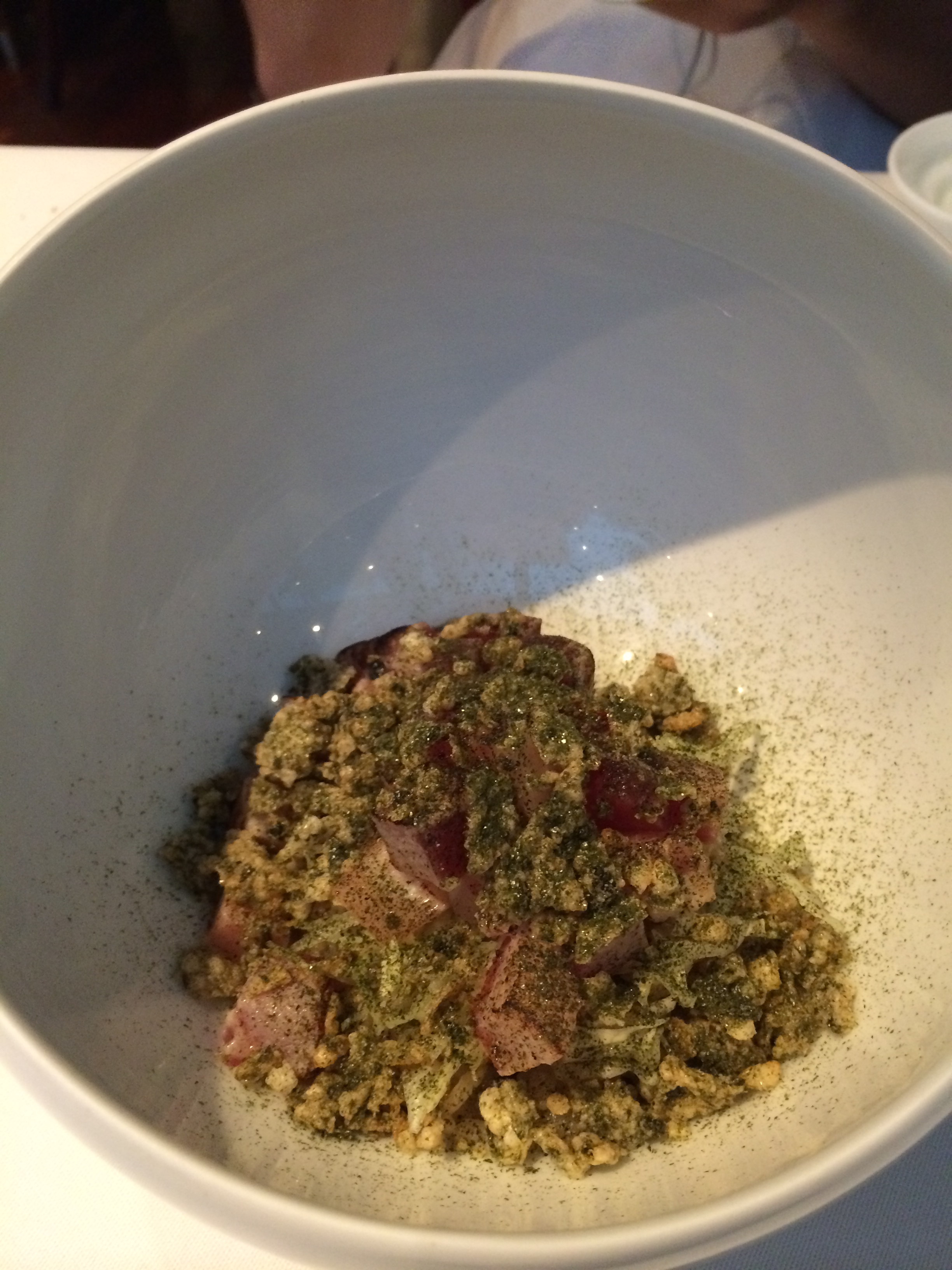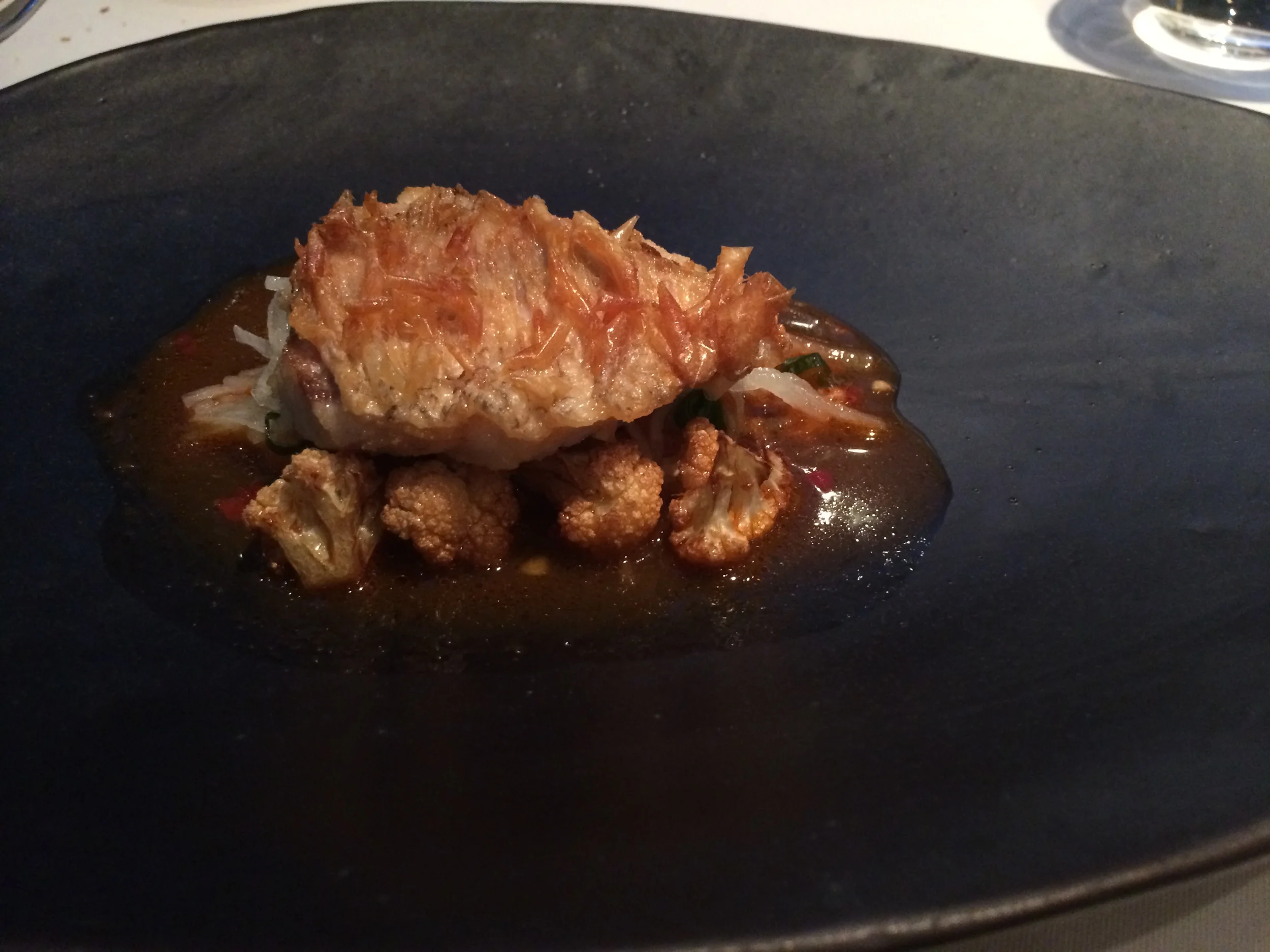Korea is a cultural enigma, jutted between and heavily influenced by two superpowers yet at the same time indignant at the history of war and conquest that often swallowed the three nations. In a recent diplomatic nightmare, Obama watched as the Korean President failed to notice a hand shake from Japan’s Abe. Some speculate that her misread was a intentional reaction to Abe’s visit to the Yasukuni Shrine that can be contrived as glorifying Japan’s militaristic past (go visit this in Tokyo). Culturally, Korea is far closer to China than it is to Japan. Down to the messy markets and terse cab drivers, it is clear that the two nations had a lengthy common and experience. At the War Memorial of Korea (g: War Memorial of Korea), where newly conscripted soldiers get their history lesson, and National Museum of Korea a few subway stops down, you can witness the wealth of trade and warfare that brought the countries closer together in culture. In particular, The Mongolians’ heavy-handed subjugation of the Koreans in the Chinese Yuan dynasty and Japan’s more recent 20th century invasion of the peninsula are presented.
View down to Samcheong-ro
Baedongbaji (closed)
In many ways, Korea is a country stuck in the past. However, it is developing a vibrant modern art and design scene. Beginning in Insadong (g: Insadong), a touristy strip of stores interspersed with art galleries, you can witness modern art at its finest and buy the matching souvenirs cheaply. Then take a cab to Baedongbaji (closed) in Samcheong-dong (2000 KRW / person), where a bubbly mom welcomes you into her house (a hanok) and cooks a traditional Korean set lunch, full of pickled goods, noodles, carved meats and finishing with a bimbambap - a blazing stone bowl with some rice baked to the sides, coming off only when hot tea is poured in. It is ridiculously difficult to find and might require some pointing to get there. From there, walk down some steep stairs to get to the touristy streets of Samcheong-ro. Importantly, there is the Gallery Hyundai (g: Gallery Hyundai) and Artsonje Center (g: Artsonje Center), again a testament to Seoul’s budding art scene.
Gyeongbok Palace
Nearby is the well-known Gyeongbok Palace (g: Gyeongbok Palace), which like the Forbidden city, is actually a self-sustaining village of ancient times. Outside the palace is the Folk Museum (g: National Folk Museum of Korea), for some well-advised Korean history. Most of these attractions are either free or cheap.
Another essential area is city centre. Some Korean barbecue is surely in order, perhaps at Arirang Folk Restaurant (g: Westin Choson; near). Some deliciously sweet and fatty short ribs (Kalbi) cooked table side (39,000 KRW) comes with more sides than you can imagine. From there, the close-by and bustling Namdaemun Market (g: Namdaemun Market) sells essentially everything, but intriguingly a lot of yarn and fabrics. The option to move upscale presents itself too at the nearby Shinsegae Department Store (g: Bottega Veneta (SHINSEGAE MAIN); or g: Chungmuro 1(il)-ga). The little boutiques of well-known brands remind us of Korea’s wealth, and the emporium that follows reminds us of Korea’s hunger for good food.
Dongdaemun Design Plaza
The newest instalment of Seoul architecture is Dongdaemun Design Plaza (g: Dongdaemun Stadium), a massive and flowing complex with museums and shops inside that replaced a sports stadium of old. For its opening expositions, there is a display of Zaha Hadid, the architect, a informative sports design exposition with all sorts of bikes, foot ware and balls, and a exhibition of Mori, an Italian designer who made animal pieces that fit together into an educational toy (together 8000 KRW). The Cheonggyecheon River (g: Cheonggyecheon) is right nearby and makes for a nice stroll to Gwangjang Market (g: Gwangjang Market), another gritty market with all sorts of food and trinkets. At night, see what “Gangnam Style” is all about on Garosugil (g: Garosugil) and have a wasabi latte at Mug for Rabbit
The best food in town is no doubt at Jungsik (g: Jung Sik Dang), a top 50 restaurant in Asia. The menus are either five courses for 110,000 KRW (with choice) or a six-course set menu for 130,000 KRW. The procession begins with four amuse-bouches, all intricate and special, like half a quail egg topped with popcorn. The best dish perhaps comes at the beginning - an assortment of mushrooms dipped in truffle aioli and mixed with cheese. Course after course of expertly cooked dishes come through. Slices of raw tuna arranged like a rose petal, mixed in with quartered quail eggs, kimchi and sprinkled with a traditional seaweed powder. An octopus “salad” that focuses on huge chunks of octopus. A dice bowl mixed with roasted sweet seaweed and sizeable chunks of seared swordfish. The only mistake in the meal is the two fish dishes - one a snapper and the other a red bigeye (Priacanthidae), both cooked with brittle skin in sauce. One is too light and the other is too sour. The meats also leave something to be desired. The pork belly is expertly cooked but lacks effort, sitting isolated among an assortment of traditional Korean sides. The steak is tasty but lacks inspiration. At worst, it might be described as an American salad with add-on steak as an option. The Dosan Park was a well crafted dessert that brought back the forest imagery many Asian restaurants aspire to - a tree trunk is fashioned using layers of creamy chocolate, coconut and raspberry sorbet. The “cherry blossoms”, a mélange of all things strawberry turn out too sweet at times and sour at others. In review, it was a good meal but certainly lacks the triumphant signature of a top 50 restaurant.
Jungsik
110,000 KRW
Mushroom Quatorze. Truffle Aioli, Cheese
Sword fish. Roasted seaweed, cucumber kimchi
Red Big Eye Fish. Salted Hairtail, Vinaigrette
Crispy Pork Belly. Pickled Vegetables, Groundsel Herb
Dosan Park. Chocolate, Coconut & Raspberry Sorbet
130,000 KRW
Tuna. Seaweed Powder, Kimchi
Octopus. Chilli Pepper, Vinaigrette
Royal Bibimpap
I Like Snapper
Jungsik Steak
Cherry Blossoms
This country popularized by girl bands and pudgy idols, by high tech and high culture, and yes by plastic surgery, turns out to be a perfectly normal place with the same starry-eyed populous as the rest of Asia. Unfortunately, Seoul is not a wildly popular destination spot because of a rather flimsy list of things to do. As a niche travel spot, a looking glass into Korean culture and sensibilities, it makes for an excellent couple of days of repose.
Accessibility: English ability will vary but not reliable. A Romanization of the Korean alphabet is usually present on signs and useful when entering into Google Maps. On rare occasions, the actual Korean character must be copied and pasted into Google maps. Taxis are cheap and reliable, but taxi drivers do not speak English. Google translate is essential. “EG” sim cards for foreigners are available at 7-eleven and GS25 convenience stores, which are usually open 24/7. However, they must be registered online (http://www.egsimcard.co.kr/) with a passport scan, and will be activated during business hours. The total cost is $35,000 KRW, which is enough credit to purchase the data package on the EG website.



























